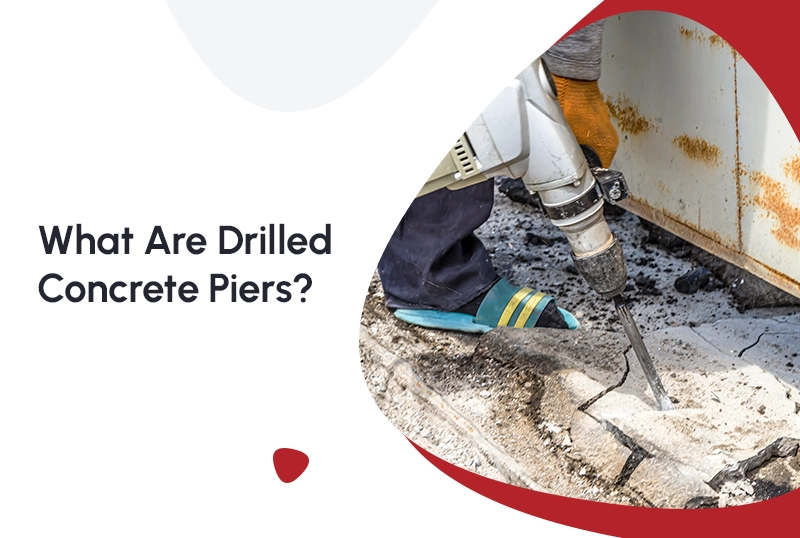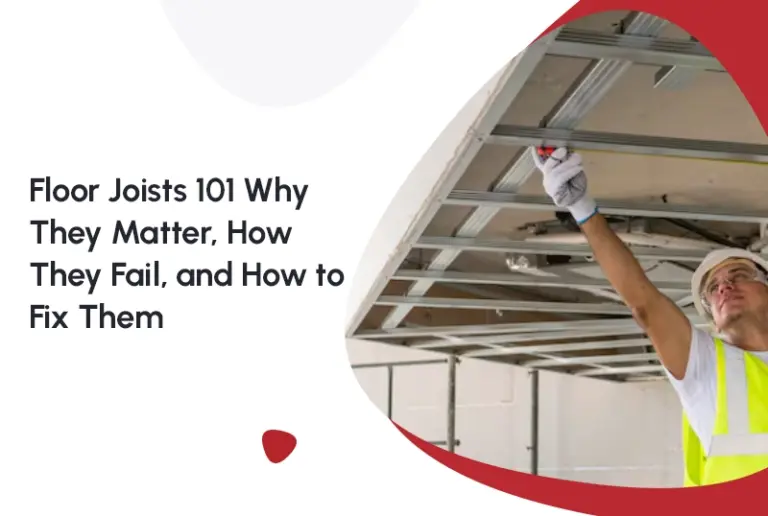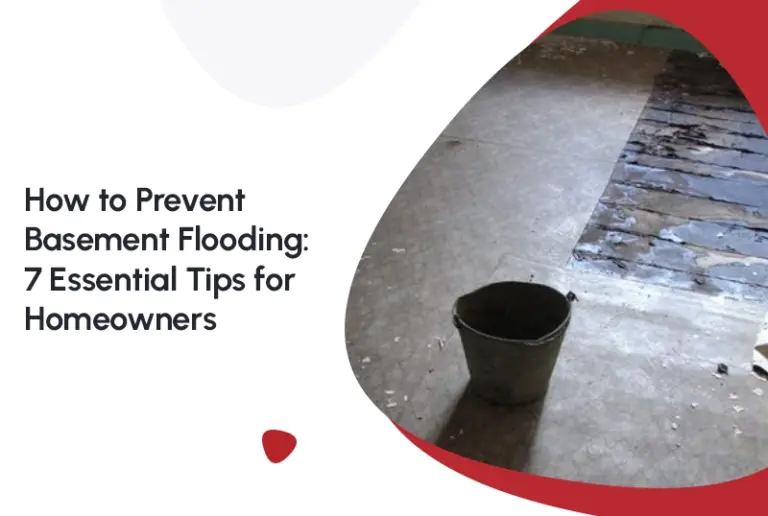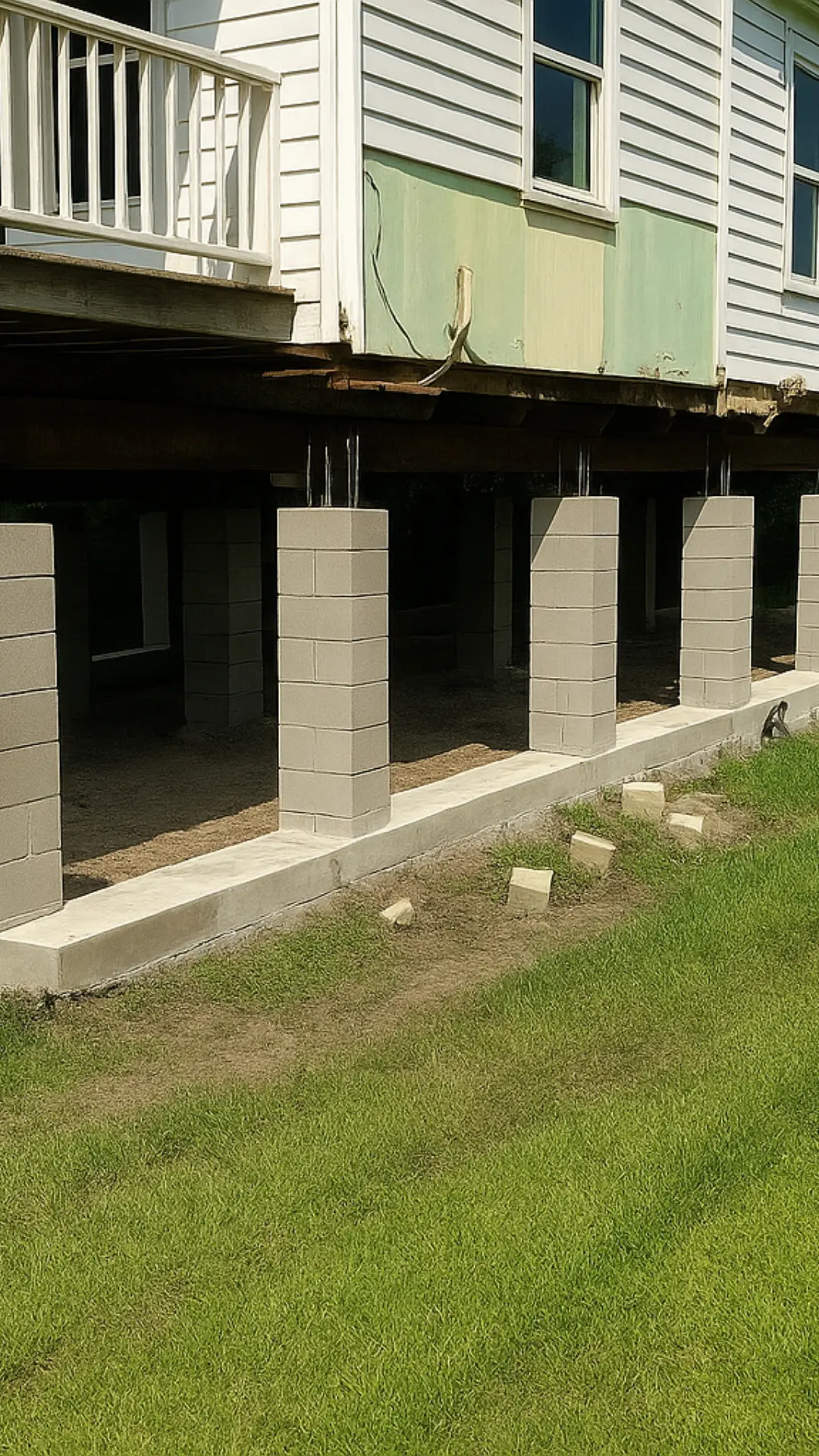Drilled concrete piers are one of the most reliable foundational support systems used in both residential and commercial construction especially when the ground beneath isn’t as stable as it should be. These piers are formed by drilling deep holes into the soil and filling them with reinforced concrete to create strong, load-bearing columns. Homeowners considering foundation repair often turn to drilled concrete piers for their unmatched durability and stability. They provide a long-term solution that helps prevent future settlement, ensuring your home stands firm even in challenging soil conditions.
What Are Concrete Piers?
Also known as drilled shafts or caissons, these are deep cylindrical columns constructed by drilling holes into the ground and filling them with concrete and steel reinforcement. They extend down to load-bearing strata, transferring the structural weight of a building from unstable surface soil to more stable subsoil.
Drilled concrete piers are ideal for supporting heavy loads, which makes them particularly useful in foundation repair and new construction projects across Houston, Dallas, and other Texas regions where expansive clay soils often create shifting foundations.
Read More: What is the best way to waterproof a crawl space?
How Drilled Concrete Piers Are Installed
The installation of drilled concrete piers follows a precise, engineered process to ensure maximum stability and load-bearing strength. Here’s how it’s done:
1. Site Inspection & Soil Testing
Before any drilling begins, engineers perform a detailed site inspection and geotechnical analysis to understand the soil’s composition and depth. This helps determine how deep the piers must go to reach firm, load-bearing layers that can support the foundation.
2. Drilling the Shaft
Using specialized heavy-duty drilling equipment, contractors create deep vertical shafts—typically ranging from 10 to 30 feet, depending on the soil and structure type. The goal is to penetrate weak surface layers and anchor the pier into stable ground.
3. Reinforcing the Shaft
Once the hole is drilled, a steel rebar cage is carefully lowered inside. This reinforcement gives the pier added tensile strength, allowing it to resist bending or shifting under pressure from the structure above.
4. Pouring the Concrete
Next, high-strength concrete is poured into the shaft, displacing any loose soil or groundwater. This forms a solid, continuous column that locks tightly into the surrounding earth, ensuring stability and longevity.
5. Curing & Load Transfer
After curing, the concrete hardens into a robust structural element capable of bearing heavy loads. The completed pier transfers the building’s weight to the deeper, stable soil layers, minimizing settlement and enhancing overall foundation integrity.
This process ensures minimal soil disturbance, superior strength, and a long-lasting solution for structures built on weak or shifting ground..
Why Choose Concrete Piers Over Other Foundation Methods?
Many property owners dealing with Pier & Beam Foundation Repair issues choose concrete piers due to their durability and depth. Compared to push piers or helical piers, These supports are custom-drilled based on soil conditions and can reach significant depths. This makes them suitable for:
- Large custom homes
- Commercial buildings
- Sloped terrain structures
- Areas with expansive clay or loose soil
They’re particularly favored when long-term stability is a priority.
Benefits of Using Drilled Concrete Piers
Drilled concrete piers offer several powerful advantages that make them a top choice for long-term foundation stability. Here’s what sets them apart:
Deep Foundation Support:
These piers extend deep into the ground, reaching stable soil or bedrock layers that can safely bear the structure’s weight. This provides exceptional stability even in areas with weak or shifting surface soils.
Customization:
Each pier can be designed with a specific diameter and depth based on your project’s needs. This flexibility allows engineers to tailor the foundation precisely to the structure’s size, soil type, and load requirements.
Longevity:
Built from high-strength, reinforced concrete, these piers are highly resistant to corrosion, moisture damage, and environmental wear. Once installed, they can last for decades with minimal maintenance.
Load Capacity:
Drilled concrete piers are engineered to support heavy structural loads, making them ideal for homes, commercial buildings, and multi-story projects. Their deep anchoring ensures reliable performance under significant pressure.
Minimal Surface Disruption:
Because the work happens mostly below ground, the installation causes little disturbance to surrounding landscaping or nearby structures. This makes it perfect for properties with limited access or urban settings.
Drilled concrete piers aren’t just a smart choice, they’re an increasingly popular one. In fact, settlement repair now makes up nearly 36% of the foundation repair services market, showing how many homeowners and builders are turning to deep foundation solutions for long-term stability.
Concrete Piers vs. Other Pier Systems
| Feature | Concrete Piers | Steel Helical Piers | Push Piers |
| Depth Reach | Up to 30+ feet | Up to 20 feet | Limited to soil resistance |
| Load Capacity | High | Moderate | Low to Moderate |
| Soil Suitability | Loose/expansive/clay | Clay/sandy | Mixed soils |
| Installation Equipment | Large drills | Small machinery | Hydraulic equipment |
| Lifespan | 75+ years | 25–50 years | 25–40 years |
If you’re comparing solutions for Concrete Slab Foundation Repair, drilled concrete piers are often preferred for their deeper reach and stronger load-bearing capabilities.
Are Concrete Piers Right for Your Property?
Concrete piers are an excellent choice for homes with severe foundation settling or those built on hillsides or flood-prone areas. However, installation requires significant equipment and skilled professionals. They may not be suitable for very small structures or sites with limited access.
Before moving forward, consult with a licensed structural engineer or foundation expert to determine if drilled piers are the best fit for your soil conditions and structural needs.
Cost Considerations
The cost of installing concrete piers varies based on:
- Soil condition and drilling depth
- Number of piers required
- Structural load demands
- Site access and geography
On average, you can expect to pay between $1,000 to $3,000 per pier, depending on regional labor and material costs.
While initial installation costs may be higher than other solutions, This foundation solution requires minimal maintenance and delivers superior longevity—offering true value over time.
Final Thoughts
When it comes to building on unstable soil or addressing major structural issues, concrete piers are one of the most effective foundation systems available. Whether you’re planning new construction or considering Foundation Repair options for an aging structure, these piers provide dependable and durable support.
For homeowners managing Pier & Beam Foundation Repair, particularly in clay-prone regions like Houston or Dallas, this method can deliver lasting peace of mind.
And if your home requires Concrete Slab Foundation Repair, This system provides a powerful defense against ongoing soil movement, offering one of the strongest long-term solutions available.
FAQs (Frequently Asked Questions)
Q1: What is the purpose of concrete piers?
This are used to support structures by transferring the load to deep, stable soil layers, especially in areas with unstable surface soils.
Q2: How deep are drilled concrete piers?
They can range from 10 to 30+ feet deep depending on the soil type and structural requirements.
Q3: How long do concrete piers last?
Properly installed systems can last over 75 years with little to no maintenance.
Q4: Are they better than helical piers?
They offer higher load capacity and depth but may be more expensive and require heavy machinery.
Q5: Can this method be used in residential homes?
Yes, especially in areas with clay soil or for homes needing deep foundation support.







